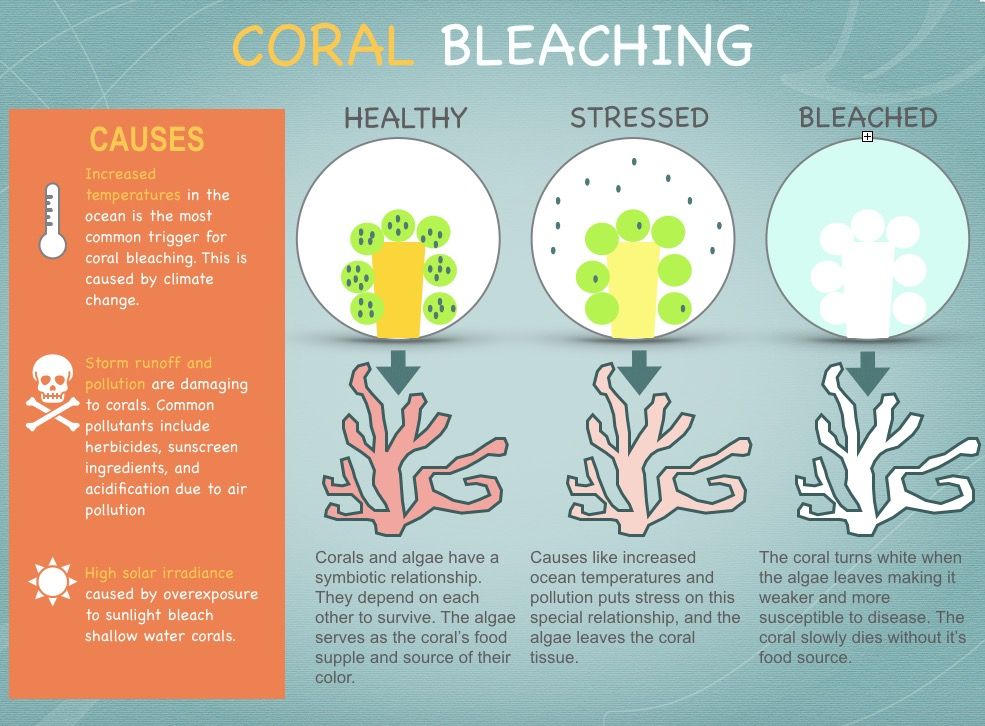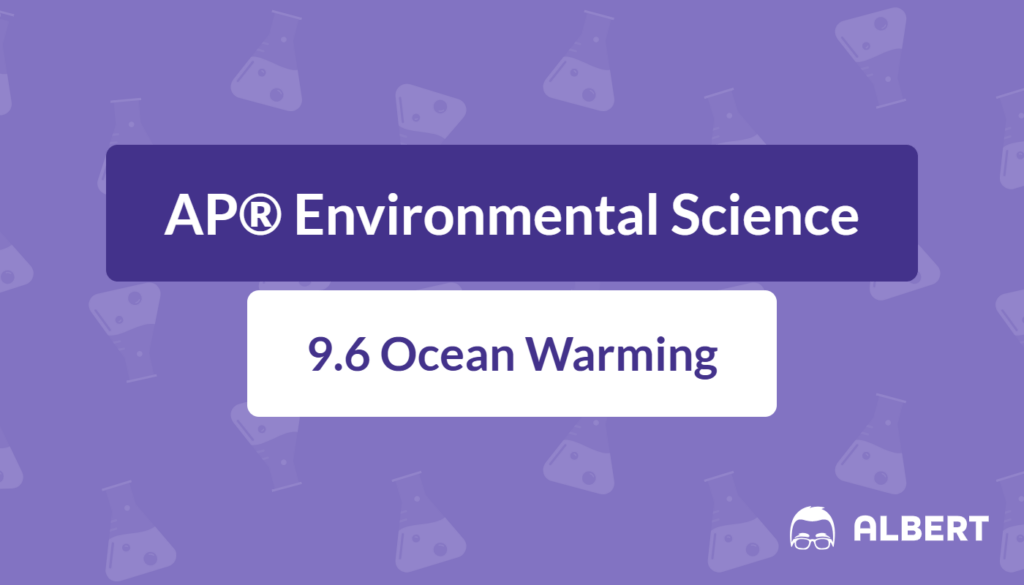What We Review
Introduction
Ocean warming remains an essential topic because it ties together climate change, greenhouse gas emissions, and significant effects on marine life. Although oceans cover most of Earth’s surface, they are often undervalued for their critical role in regulating global temperatures. Understanding what is ocean warming helps clarify how rising ocean temperatures influence marine organisms, coral reef systems, and even local weather patterns. Consequently, ocean warming has become a central focus in predicting future climate scenarios and devising strategies to minimize harm.
This article explores the causes and effects of ocean warming, highlighting key drivers such as greenhouse gases and daily human activities. It also explains how higher temperatures impact marine species and corals. Finally, it addresses the long-term implications for ecosystems and societies that depend on healthy oceans. The goal is to clarify these concepts for students by linking them to everyday examples and offering step-by-step explanations.
What Is Ocean Warming?
Ocean warming refers to the gradual increase in the average temperature of ocean waters over time. This phenomenon connects closely to the broader context of climate change. Understanding how oceans absorb and store heat is essential for appreciating the planet’s energy balance, particularly because the magnitude of heat stored in ocean waters far surpasses that in the atmosphere.
Connection to Climate Change and Greenhouse Gases
Climate change arises largely from the enhanced greenhouse effect, in which certain gases in the atmosphere trap heat radiated from Earth’s surface. These gases, commonly referred to as greenhouse gases, include carbon dioxide, methane, and nitrous oxide. Since approximately 90% of the excess heat trapped by greenhouse gases goes into the ocean, ocean temperatures have been steadily climbing. Eventually, this warming triggers a variety of ecological responses that can be subtle at first but become substantial over time.
The Role of the Ocean as a Heat Sink
The ocean’s capacity to store heat makes it a major heat sink. Solar radiation hits Earth’s surface, and the ocean absorbs a significant part of that energy. Furthermore, ocean currents move this heat around the globe, influencing regional climates. However, once excess heat accumulates, it can exacerbate thermal stress on marine organisms, contributing to coral bleaching and negative impacts on biodiversity.
Causes of Ocean Warming
Greenhouse Gases
Greenhouse gases directly contribute to ocean warming by amplifying the greenhouse effect. Carbon dioxide (CO₂) is released from a variety of sources and remains the most abundant man-made greenhouse gas. Methane (CH₄), though less common in the atmosphere than CO₂, is still potent and often arises from agricultural activities and the decomposition of organic matter.
When the sun’s energy reaches Earth, a portion of it is absorbed by the planet’s surface and re-emitted as infrared radiation. Greenhouse gases in the atmosphere trap some of this infrared radiation, preventing it from escaping into space. Consequently, Earth’s lower atmosphere and oceans experience a net increase in heat. This process supports life when maintained at natural levels, yet human-driven emission rates have increased the concentration of these gases significantly.
Step-by-Step: How Greenhouse Gases Trap Heat
- Sunlight (shortwave radiation) enters Earth’s atmosphere.
- Earth’s surface absorbs this energy and warms up.
- Heated surface emits infrared radiation (longwave radiation).
- \text{Greenhouse gases absorb and re-emit the infrared radiation.}
- The re-emitted radiation warms the lower atmosphere and the ocean’s surface.
Human Activities
Human activities, such as the combustion of fossil fuels in power plants and vehicles, further amplify this process. Additional CO₂ emerges when forests are burned or cleared. Similarly, livestock and landfills release methane, adding to the greenhouse effect. Although individual daily actions may seem small, collectively they account for substantial amounts of greenhouse gases entering Earth’s atmosphere.
This increase in greenhouse gases boosts the heat-trapping capability of the atmosphere, allowing more thermal energy to transfer to ocean waters. Over time, as emissions rise, the warming in the oceans intensifies, causing stress for marine life.
Step-by-Step: The Carbon Cycle Simplified
- Plants absorb \text{CO}_2 from the atmosphere during photosynthesis.
- Animals acquire carbon by consuming plants or other animals.
- Respiration releases \text{CO}_2 back into the atmosphere.
- Human activities—such as burning fossil fuels—emit extra \text{CO}_2.
- Oceans absorb a portion of this \text{CO}_2, leading to additional warming and ocean acidification.
Effects of Ocean Warming
Impact on Marine Species
Ocean warming alters the habitats and biological processes of marine species, causing shifts in distribution and changes in feeding, breeding, and migration. Metabolic rates often increase in warmer waters, which can force fish and other organisms to consume more oxygen. Consequently, organisms that cannot cope with higher temperatures might experience reduced survival rates.
Various species also depend on specific temperature ranges for reproductive success. However, when these ranges move or diminish, the survival of eggs and larvae can drop. The long-term effect may be a reduction in species diversity. Furthermore, warming waters promote the spread of invasive species that thrive under higher temperatures, which could shift entire marine community structures.
Step-by-Step: Case Study on Sea Turtles and Temperature Sensitivity
- Sea turtle eggs are laid in nesting beaches where sand temperature influences sex ratios.
- Slight increases in sand temperature yield higher numbers of female hatchlings.
- With continued warming, populations become imbalanced.
- Eventually, fewer males are born, jeopardizing the species’ long-term reproductive success.
Coral Bleaching
Coral bleaching is one of the most visible and troubling consequences of ocean warming. Corals live in a mutually beneficial relationship with algae known as zooxanthellae. These algae not only provide corals with nutrients through photosynthesis, but also give them their vibrant colors. When water temperatures rise, corals experience stress, causing them to expel these vital algae. As a result, their color fades until the coral turns bone white.
A bleached coral can recover if water temperatures return to normal quickly enough and the algae recolonize. However, prolonged exposure to elevated temperatures often results in coral death, leading to coral reef degradation.
Step-by-Step: The Process of Coral Bleaching
- Ocean temperatures rise beyond the coral’s comfort range.
- Corals sense thermal stress and expel their algae (zooxanthellae).
- The coral loses its primary food source and color.
- If warm conditions persist, \text{the stressed coral may die.}
- Coral reef ecosystems degrade, affecting the species that depend on them.

Future Implications of Ocean Warming
Rising ocean temperatures promise to reshape marine ecosystems and biodiversity. Sustained heating could lead to the migration or decline of fish stocks, ultimately disrupting commercial fisheries and local communities. Furthermore, coral reef destruction reduces natural coastal protection, leading to greater vulnerability during severe weather events.
Meanwhile, socio-economic activities such as tourism might suffer when once-thriving coral reefs become bleached and lose aesthetic appeal. Although technology and conservation efforts can slow this trend, meaningful policy and community participation will likely prove crucial. Protecting ocean habitats will also require public awareness, political will, and structural changes in how resources are managed.
Conclusion
Ocean warming stands at the intersection of climate change, marine biodiversity, and human well-being. It results predominantly from increased greenhouse gases in the atmosphere, driven by human activities. Consequently, marine species and coral reefs face tremendous stress, escalating the risk of habitat loss and potential species decline. Coral bleaching offers a clear illustration of how slight temperature increases can lead to dramatic ecological consequences.
Preserving ocean health remains an important priority in environmental science. Indeed, it is critical to monitor greenhouse gas emissions, protect vulnerable marine species, and support coral reef recovery efforts. By recognizing the fundamentals of ocean warming, students can contribute to scientific understanding and policy development that prioritize long-term ecological balance and sustainability.
Key Vocabulary
- Ocean Warming: The rise in average ocean temperature driven by increased greenhouse gases in the atmosphere.
- Greenhouse Gases: Molecules such as carbon dioxide and methane that trap heat in Earth’s atmosphere, contributing to the greenhouse effect.
- Coral Bleaching: The loss of algae within corals, causing them to turn white under stress, often due to higher water temperatures.
- Algae: Simple, photosynthetic organisms crucial for coral health and marine food webs.
- Zooxanthellae: Symbiotic algae living in corals, responsible for coral coloration and nutrients through photosynthesis.
Sharpen Your Skills for AP® Environmental Science
Are you preparing for the AP® Environmental Science test? We’ve got you covered! Try our review articles designed to help you confidently tackle real-world AP® Environmental Science problems. You’ll find everything you need to succeed, from quick tips to detailed strategies. Start exploring now!
- AP® Environmental Science: 9.3 Review
- AP® Environmental Science: 9.4 Review
- AP® Environmental Science: 9.5 Review
Need help preparing for your AP® Environmental Science exam?
Albert has hundreds of AP® Environmental Science practice questions, free response, and full-length practice tests to try out.








